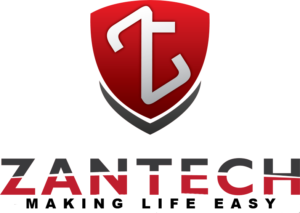What services we provide
Don’t have the cash or desire to purchase the equipment outright? Here’s what you need to know about equipment leasing.
Equipment is expensive, and it may be impossible for many small businesses to buy everything they need upfront. Equipment leasing is a way to spread the costs over a set amount of time.
You may not own the equipment when you lease, but you don’t have to worry about your equipment becoming obsolete.
With equipment leasing, you pay a fixed rate over a specific period. The interest and fees are built into the payment. Equipment leasing contracts typically run for three, seven or 10 years.
Considering Leasing?
Buying and maintaining equipment is expensive, and as soon as you invest in a piece of machinery, it’s only a matter of time before a new version comes out – making yours obsolete or inferior. Because of the high costs of owning and operating equipment, many small business owners opt to lease.
Leasing offers advantages that owning does not, including lower monthly payments typically spread over months or years rather than delivered in a lump sum. Many commercial equipment leases also include service agreements or service add-ons, which offer peace of mind for business users and negate the need for in-house technicians.
If your business needs new equipment or technology, but you can’t afford it, leasing may be an option to consider. Leasing lets you make smaller monthly payments – typically over a multiyear period – instead of buying something all at once. At the end of the lease, you may return the equipment or buy it for a price that factors in appreciation and how much you paid over the life of the lease.
What is equipment leasing?
Equipment leasing is different from equipment financing – taking out a business loan to purchase the equipment and paying it off over a fixed term with the equipment as collateral. In that case, you own the equipment once you pay off the loan.
With an equipment lease, the equipment isn’t yours to keep once the leasing term is over. As with a business loan, you pay interest and fees when leasing equipment and they’re usually added into the monthly payment. There may be extra fees for insurance, maintenance and repairs.
Equipment leasing can be much more expensive in the long term than purchasing equipment outright, but for cash-strapped small business owners, it’s a means to access necessary equipment quickly.
How does an equipment lease work?
During the lease term, you use the equipment until the deal expires. There are cases in which you can break the lease – and these instances should be spelled out in the contract – but many leases cannot be canceled. Once the lease is up, you can often purchase the equipment at the current market rate or lower, depending on the vendor.
Benefits of equipment leasing
It’s cost-effective to get started. Many lessors don’t require a significant down payment.
You can update your equipment. If you often need to update equipment, leasing is a good option because you aren’t stuck with obsolete tools.
It’s easier to scale. If you need to upgrade to more advanced equipment to handle a higher work volume, you can do so without selling your existing machinery and shopping for replacements.
Leasing vs. Purchasing
- Purchase price
- Amount to be financed
- Annual depreciation
- Tax and inflation rates
- Monthly lease costs
- Equipment usage
- Ownership and maintenance costs

